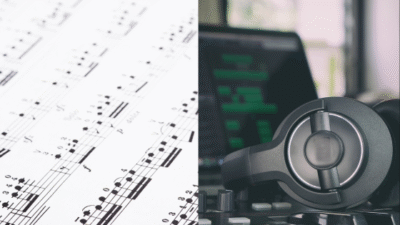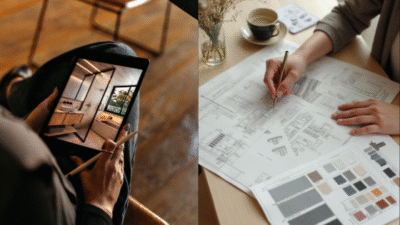Basketball is one of the most dynamic and physically demanding sports in the world, requiring a durable, reliable, and consistent playing surface. For decades, hardwood courts have been considered the standard for both indoor and outdoor courts, offering excellent grip, smoothness, and aesthetics. However, a growing trend is emerging in basketball court construction and renovation: artificial grass basketball courts. These courts are gaining traction due to their durability, eco-friendly nature, and low maintenance needs.
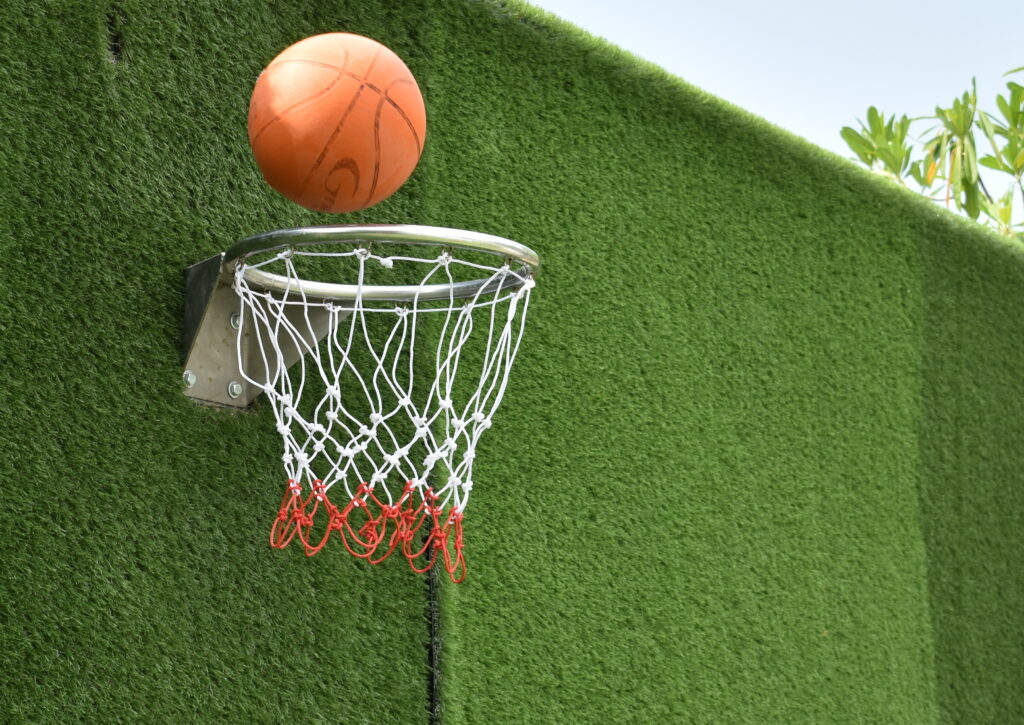
While traditional basketball courts, whether made from hardwood or outdoor asphalt, have their advantages, they also come with certain drawbacks. Over time, these surfaces require significant maintenance, can degrade from wear and tear, and often become slippery, especially in outdoor conditions. Artificial grass for basketball courts provides a viable alternative that addresses many of these concerns, combining excellent playability with sustainability and long-term cost savings.
The Benefits of Artificial Grass for Basketball Courts
Durability and Longevity
One of the most compelling reasons to consider artificial grass for basketball court construction is its exceptional durability. Traditional basketball courts, whether made of wood or outdoor materials like asphalt or concrete, can quickly degrade due to constant wear from foot traffic, heavy use, and weather conditions. Hardwood courts, in particular, are prone to warping and scratching, while outdoor courts made from asphalt can crack and develop uneven surfaces, which could lead to player injuries.
Artificial grass basketball courts are designed to withstand harsh conditions without losing their integrity. The fibers used in the construction of artificial grass are tough, flexible, and resistant to damage from impact, ensuring that the surface remains smooth and even for years. Whether the court is used for professional competitions, school games, or casual pickup games, artificial grass provides a stable, long-lasting playing surface that doesn’t need frequent repairs or replacements.
Additionally, artificial grass doesn’t get worn down from constant play. Unlike natural grass, which becomes patchy and worn out from foot traffic, artificial grass maintains its consistency, offering an even and reliable surface for players to perform at their best. This makes it ideal for both indoor and outdoor basketball courts, as it doesn’t suffer from the same seasonal issues that natural turf or hardwood courts face.
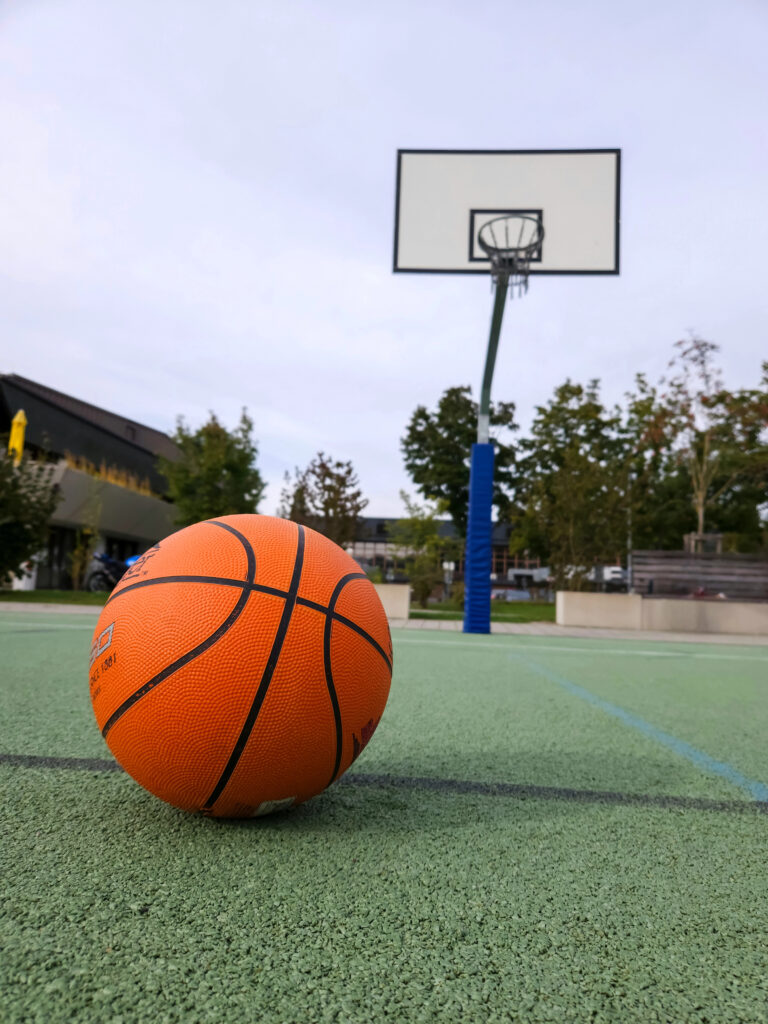
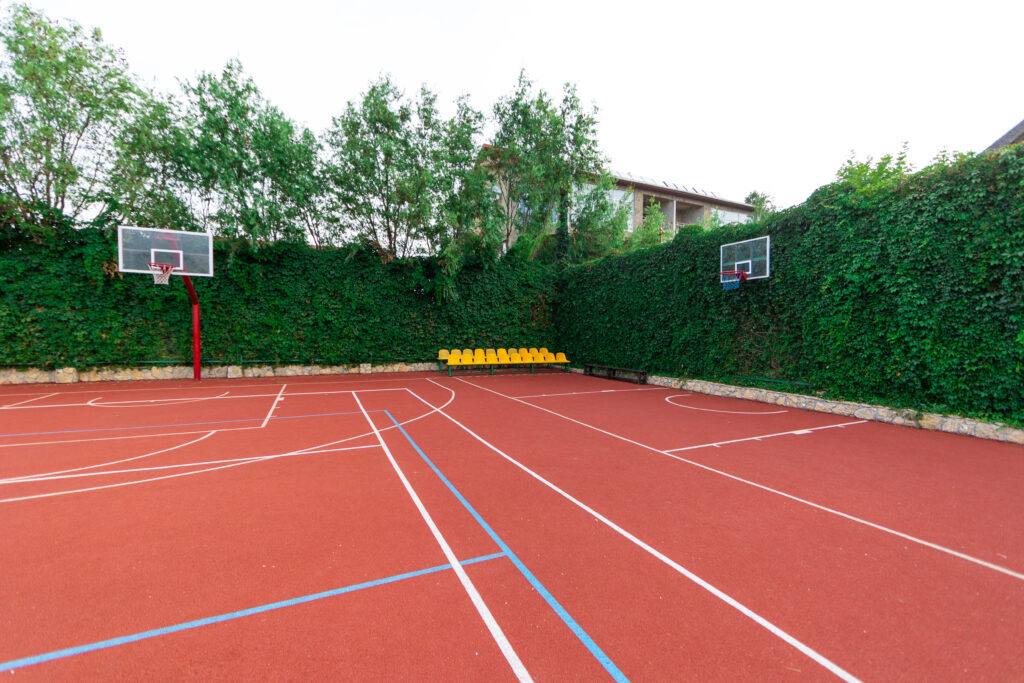
Low Maintenance
Maintenance is a significant factor when it comes to managing traditional basketball courts. Hardwood courts require periodic sanding, refinishing, and sealing to maintain their smooth and safe playing surfaces. Similarly, outdoor courts made of asphalt or concrete need constant patching and sealing to prevent cracks and damage from weather conditions, all of which come with considerable time and financial investments.
In contrast, artificial grass for basketball courts is a low-maintenance option that saves both time and money. With artificial grass, there’s no need to refinish, reseal, or replace the surface frequently. Routine maintenance mainly consists of light brushing to keep the grass fibers upright and occasional cleaning to remove dirt, debris, or leaves. This drastically reduces the amount of time spent on upkeep and eliminates the need for costly repairs or resurfacing.
Eco-Friendly Option
Environmental sustainability is a key consideration for modern sports facilities, especially as the world becomes more conscious of its environmental footprint. Artificial grass basketball courts offer an eco-friendly alternative to traditional materials. Traditional basketball court surfaces, particularly those made from wood or asphalt, require significant resources to maintain. This includes using water, energy, and chemicals to preserve the surface or deal with the wear and tear that comes with regular play.
Artificial grass for basketball offers a greener solution by eliminating the need for water and pesticides typically required for natural turf or other sports fields. Traditional natural grass courts can be resource-intensive, requiring constant irrigation and fertilization to maintain a playable surface, which can increase water consumption and contribute to environmental degradation.
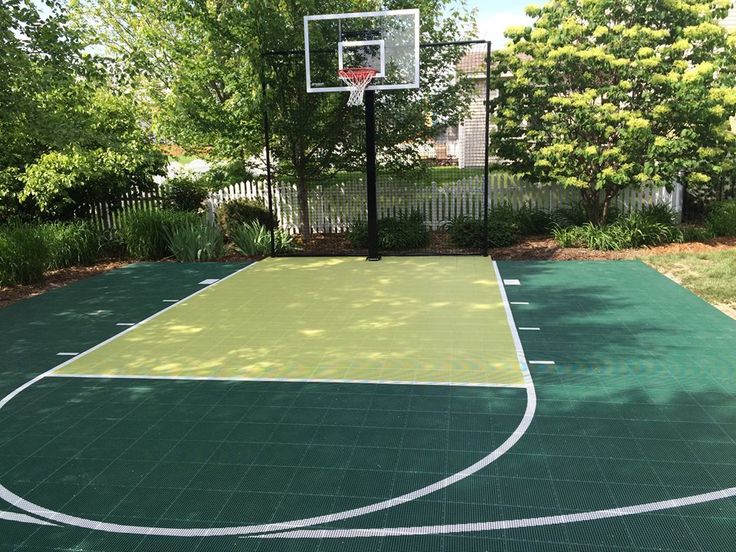
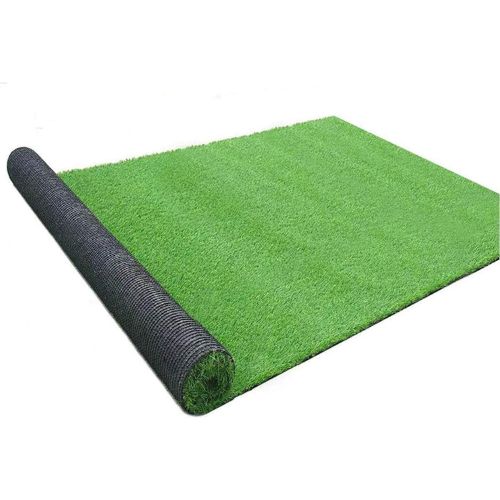
Performance and Playability
Another important factor to consider when choosing a basketball court surface is how it impacts player performance. Traditional hardwood courts are known for their excellent grip and smoothness, but artificial grass is designed to provide similar, if not superior, traction. The fibers used in artificial grass basketball systems are engineered to create a flat, smooth surface that gives players excellent grip while avoiding the slipperiness that can sometimes be found on older hardwood courts or outdoor surfaces.
The consistent playability of artificial grass is a significant advantage for basketball players. Whether the weather is hot and dry or wet and rainy, artificial grass for basketball courts remains functional and offers a predictable playing surface. In fact, many players find that the performance of artificial grass surfaces enhances their game, providing better support for quick pivots, jumps, and rapid movement across the court.
Cost-Effectiveness
One of the primary concerns when installing any new court is the cost. Artificial grass for basketball courts may have a higher initial installation cost compared to traditional surfaces like asphalt or concrete. However, the long-term financial savings are considerable. The need for fewer repairs, no resurfacing, and minimal ongoing maintenance costs make artificial grass a more economical choice in the long run.
In addition, artificial grass doesn’t need to be replaced as frequently as natural grass courts, which need replanting, fertilizing, and regular care. Over time, the savings from reduced maintenance, fewer repairs, and the longevity of the surface make artificial grass a highly cost-effective investment.
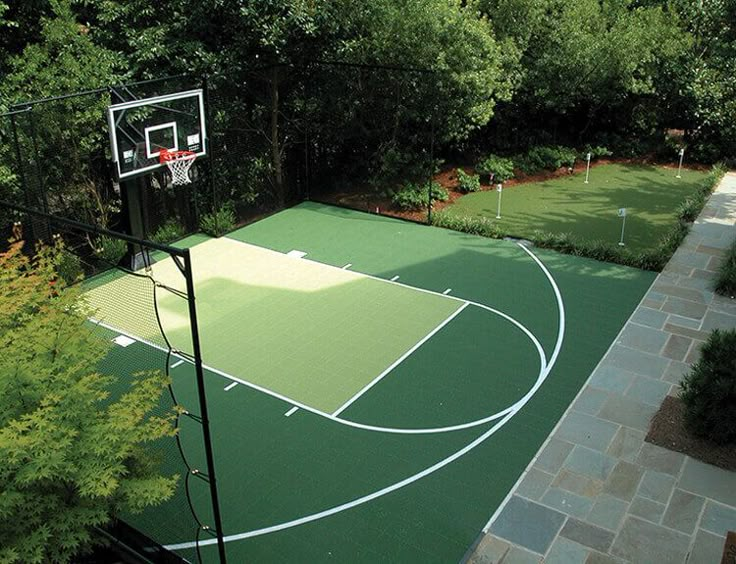
Summing Up
In conclusion, artificial grass for basketball courts offers numerous benefits that make it an appealing choice for anyone looking to install or upgrade a basketball court. From its durability and low maintenance to its eco-friendly properties and consistent performance, artificial grass provides a superior alternative to traditional basketball court surfaces.
While the initial cost may be higher, the long-term savings and environmental advantages are significant. With minimal upkeep, fewer repairs, and an overall longer lifespan, artificial grass is a smart investment for schools, sports complexes, and recreational centers looking to enhance their basketball facilities.
- 1share
- Facebook0
- Pinterest1
- Twitter0

